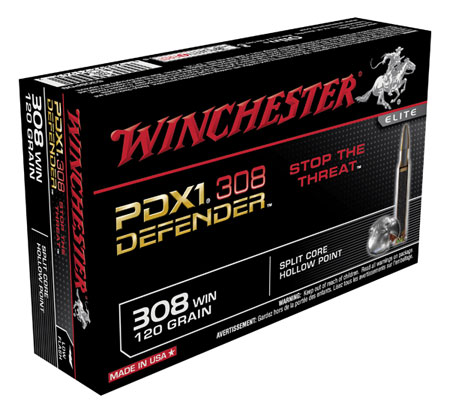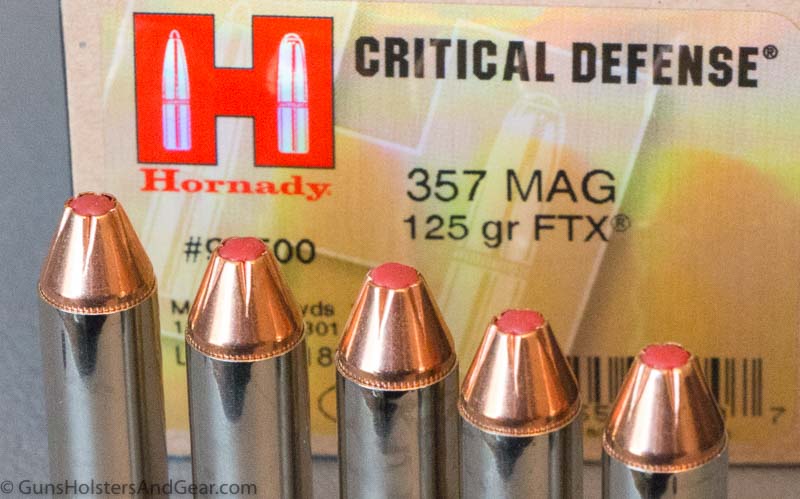
I have previously run articles about the increase in ammunition costs and ammunition shortages. I have had a few people claim that the ammunition manufacturers were restricting supply to drive up prices. Based on the contacts I have made in the industry, I knew that companies are producing as many rounds as they can, as quickly as they can.
However, it seems that the rumors persist.
Winchester Ammunition, in an effort to combat the notion that they, or anyone else, is cutting production, released this statement:
Winchester Ammunition, like other ammunition manufacturers, has seen the demand for our products increase significantly since last fall. To meet that increased demand, our operations are running 24 hours a day, 7 days a week. Our team is literally working around the clock to make quality ammunition available for purchase. We remain absolutely committed to meeting the growing needs of our customers.
Update – Eventually the ammo shortages of 2009 eased up. As supply increased, prices dropped. That’s how a market economy works, don’t cha know. I suggested (and so did a lot of other people) that shooters slowly build up supplies of ammo and reloading components for the calibers they shoot and/or load.
After several years of a soft market, the market panicked again in late 2012, and a ammo shortage hit again. The 2012/2013 shortage seemed worse than the 2009 shortage in many ways. Some calibers, like .22 LR and 9mm, were the hardest to find. However, other rounds like 5.56/.223, .40 S&W and .45 ACP were also very difficult to locate. Â People would stalk Walmart delivery trucks on delivery days hoping to be able to score a couple of boxes of their favorite caliber.
Demand for Winchester ammunition (and other brands) was such that 5.56 ball (and other calibers) was selling for more than $1000/case at times. That seemed to be the top limit on the pricing, but there was a lot of push back from consumers as prices approached these prices. Those prices were set by dealers, and not manufacturers like Winchester.





